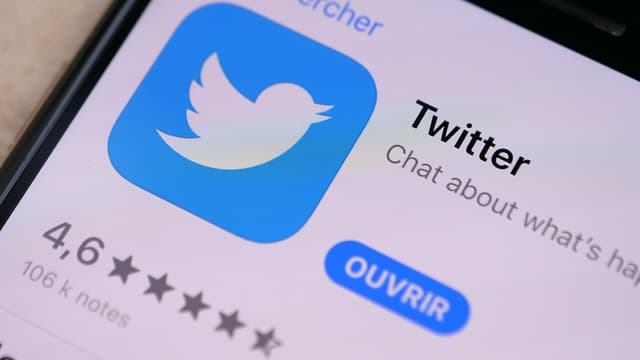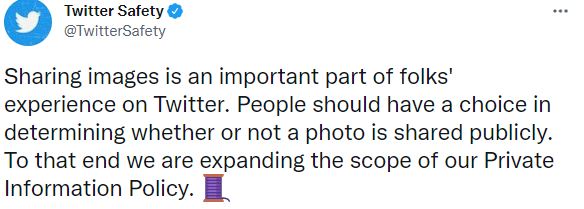Twitter update: People can't share photos of others without consent
With Parag Agrawal becoming the new CEO of Twitter, the company seems to be making new policy changes.

Washington [US]: With Parag Agrawal becoming the new CEO of Twitter, the company seems to be making new policy changes.

According to TechCrunch, Twitter has updated its private information safety policy to ban sharing images or videos of private individuals without their consent.
Also Read |
Twitter CEO Jack Dorsey's hacked account sends racist tweets before being secured
We will take into consideration whether the image is publicly available and/or is being covered by journalists—or if a particular image and the accompanying Tweet text adds value to the public discourse—is being shared in public interest or is relevant to the community.
— Twitter Safety (@TwitterSafety) November 30, 2021
The update was announced on the official account of Twitter Safety.
"Sharing images is an important part of folks' experience on Twitter. People should have a choice in determining whether or not a photo is shared publicly. To that end we are expanding the scope of our Private Information Policy. Beginning today, we will not allow the sharing of private media, such as images or videos of private individuals without their consent. Publishing people's private info is also prohibited under the policy, as is threatening or incentivizing others to do so," the post read.
Also Read | Twitter announces ban on showcasing political ads on its platform
This policy update will "help curb the misuse of media to harass, intimidate, and reveal the identities of private individuals, which disproportionately impacts women, activists, dissidents, and members of minority communities."
Twitter clarified that it may remove content intended for harassment in line with its existing policies against abusive behaviour, which also ban sharing non-consensual nude images.
The company also said that when deciding whether to remove content about public figures, it will assess whether this information is already available in other public media, like TV and newspapers. (ANI)
 Dynamite News
Dynamite News 